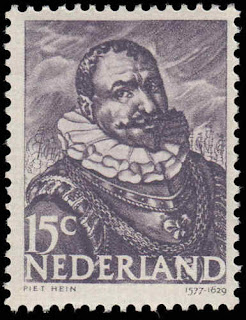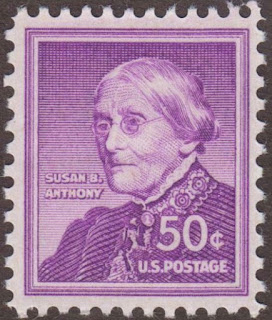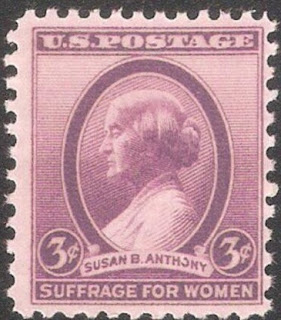Here are some events that happened on June 18th. It could be an event or a person that died or was born on that day
1629 Died: Piet Pieterszoon Hein, Dutch admiral (b. 1577)
Piet Pieterszoon Hein (25 November 1577 – 18 June 1629) was a Dutch admiral and privateer for the Dutch Republic during the Eighty Years' War. Hein was the first and the last to capture a large part of a Spanish treasure fleet which transported huge amounts of gold and silver from Spanish America to Spain. The amount of silver taken was so big that it resulted in the rise of the price of silver worldwide and the near bankruptcy of Spain.
In 1628, during the eighty year's Dutch liberation war from Spain, Admiral Hein, with Witte de With as his flag captain, sailed out to capture a Spanish treasure fleet loaded with silver from the Spanish American colonies and the Philippines. With him was Admiral Hendrick Lonck and he was later joined by a squadron of Vice-Admiral Joost Banckert, as well as by the pirate Moses Cohen Henriques. Part of the Spanish fleet in Venezuela had been warned because a Dutch cabin boy had lost his way on Blanquilla island and was captured and betrayed the plan, but the other half from Mexico continued its voyage, unaware of the threat. Sixteen Spanish ships were intercepted and captured: one galleon was taken after a surprise encounter during the night, nine smaller merchants were talked into a surrender; two fleeing small ships were taken at sea, and four fleeing galleons were trapped on the Cuban coast in the Bay of Matanzas.
After some musket volleys from Dutch sloops, the crews of the galleons also surrendered and Hein captured 11,509,524 guilders of booty in gold, silver, and other expensive trade goods, such as indigo and cochineal, without any bloodshed. The Dutch did not take prisoners: they gave the Spanish crews ample supplies for a march to Havana. The released were surprised to hear the admiral personally giving them directions in fluent Spanish; Hein after all was well acquainted with the region as he had been confined to it during his internment after 1603.
The capture of the treasure fleet was the Dutch West India Company's greatest victory in the Caribbean. It enabled the Dutch, at war with Spain, to fund their army for eight months (and as a direct consequence, allowing it to capture the fortress 's-Hertogenbosch), and the shareholders enjoyed a cash dividend of 50% for that year. The financial loss strategically weakened their Spanish enemy. Hein returned to the Netherlands in 1629, where he was hailed as a hero. Watching the crowds cheering him as he stood on the balcony of the town hall of Leyden, he remarked to the burgomaster: "Now they praise me because I gained riches without the least danger; but earlier when I risked my life in full combat they didn't even know I existed...". Hein was the first and the last to capture such a large part of a Spanish "silver fleet" from Spain.
Dutch stamp depicting Piet Hein
1845 Born: Charles Louis Alphonse Laveran, French physician and parasitologist, Nobel Prize laureate (d. 1922)
Charles Louis Alphonse Laveran (18 June 1845 – 18 May 1922) was a French physician who won the Nobel Prize in Physiology or Medicine in 1907 for his discoveries of parasitic protozoans as causative agents of infectious diseases such as malaria and trypanosomiasis. Following his father, Louis Théodore Laveran, he took up military medicine as his profession. He obtained his medical degree from University of Strasbourg in 1867.
At the outbreak of the Franco-Prussian War in 1870, he joined the French Army. At the age of 29 he became Chair of Military Diseases and Epidemics at the École de Val-de-Grâce. At the end of his tenure in 1878 he worked in Algeria, where he made his major achievements. He discovered that the protozoan parasite Plasmodium was responsible for malaria, and that Trypanosoma caused trypanosomiasis or African sleeping sickness. In 1894 he returned to France to serve in various military health services. In 1896 he joined Pasteur Institute as Chief of the Honorary Service, from where he received the Nobel Prize. He donated half of his Nobel prize money to establish the Laboratory of Tropical Medicine at the Pasteur Institute. In 1908, he founded the Société de Pathologie Exotique.
Laveran was elected to French Academy of Sciences in 1893, and was conferred Commander of the National Order of the Legion of Honour in 1912.
Swedish stamp depicting Laveran and Kipling, 1907 Nobel Prize winners
1873 – Susan B. Anthony is fined $100 for attempting to vote in the 1872 presidential election.
Susan B. Anthony (February 15, 1820 – March 13, 1906) was an American social reformer and women's rights activist who played a pivotal role in the women's suffrage movement. Born into a Quaker family committed to social equality, she collected anti-slavery petitions at the age of 17. In 1856, she became the New York state agent for the American Anti-Slavery Society.





No comments:
Post a Comment